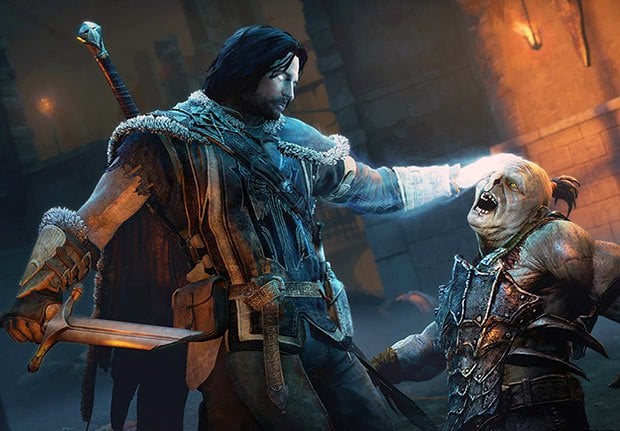Monolith’s surprisingly fun Orc-slaying title Middle Earth: Shadow of Mordor, delivers a ton of visual fidelity even at the lowest quality settings. So, to maximize the eye-candy on these high-end laptops, we ran the game’s High quality benchmark routine at a couple of resolutions, topping out at the native resolution their respective panels.
 |
Middle Earth: Shadow Of Mordor Performance
|
Glorious Orc-Slaying Vengeance
|
|
All of the game's graphics-related options were enabled here, along with FXAA and Camera Blur...
At this point, we're probably starting to sound a little repetitive, but the numbers are what they are. The mobile GeForce GTX 10-series GPUs lead the pack one again, at all resolutions.
Although we did not graph them, we also have some numbers from this game running at 4K. These tests were done with an external display attached because the notebooks only had 1080p panels. The mobile
GeForce GTX 1070 put up an average framerate of 56.71, while the mobile
GeForce GTX 1060 managed 30.23 FPS at 4K.
 |
Rise Of The Tomb Raider
|
DirectX 12 Performance
|
|
Rise of the Tomb Raider has hit the PC lining it up in our gun sights for graphics, gameplay and performance analysis. The game launched on the Xbox family of consoles a few months back and has since been ported to PC thanks to NIXXES Software. It’s a competent console to PC port updated with many graphics settings and effects to tweak and dial to your particular tastes and system capabilities. Some of the rendering and effects features include, Ambient Occlusion, Depth of Field, Dynamic Foliage, Bloom shader effects, Tessellation and several more. We also ran the game's benchmark using its DX12 code path.
We saw more of the same in Rise Of The Tomb Raider. The mobile GeForce GTX 1070 couldn't be touched and the mobile GTX 1060 slots in just behind it.
We also have un-graphed 4K numbers for this game. The
GeForce GTX 1070 averaged 44.31 FPS at 4K, while the
GeForce GTX 1060 put up an average of 26.67 FPS.










